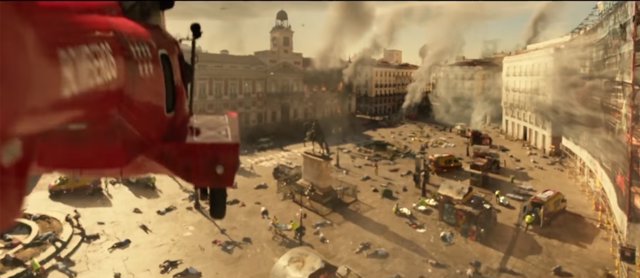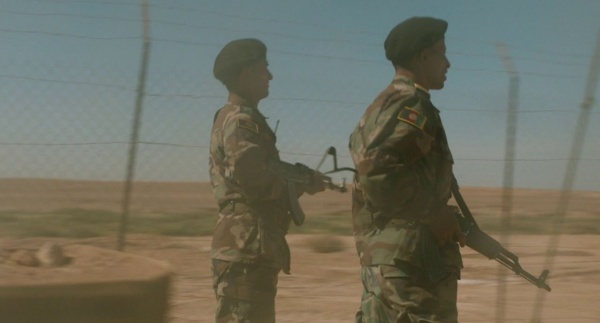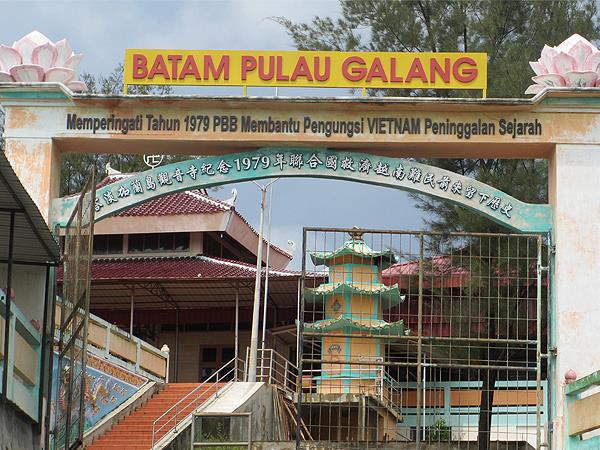The Galang Refugee Camp site, Indonesia, revisited after the end of WWZ. Galang is a small island in the Riau Archipelago, a group of Indonesian islands located between Sumatra and Singapore. From 1979-1996, Galang, along with the islands of Natuna, Tarempa, and Anambas collectively hosted hundreds of thousands of Vietnamese and Cambodian refugees fleeing the conflict in Indochina. Following their closure, the refugee camps were then turned into a museum and local tourist attraction.
During the Great Panic, the island of Galang was secured by the Indonesian military with the help of the local government. Its refugee camps were hastily restored to acommodate tens of thousands of refugees from the surrounding islands, and later, also thousands of refugees from nearby Singapore and Peninsular Malaysia. The Barelang Bridge, the only land access that connected Galang with the other islands was severed, to prevent the infecteds from Batam to attack the refugee camps. By the time of Saratoga Conference, Galang already hosted one of the largest refugee camps in the western part of Indonesia.
Partially to relieve the pressure in Galang and Bintan, another nearby safe zone, a combined force of the Indonesian and Singaporean military, who fled to the Riau Islands after the fall of their homeland, went on offensive to clear the infested islands in the region. Their success at Rempang, Bulan, and other islands was what then inspired the Indonesian government in the Moluccas to start an ambitious campaign to retake the entire Indonesian archipelago from the infecteds, some years after the event on Saratoga.










